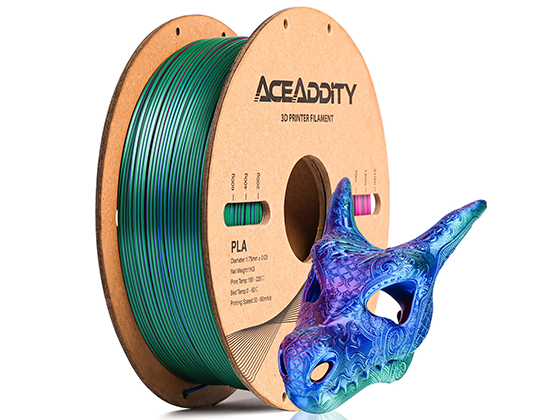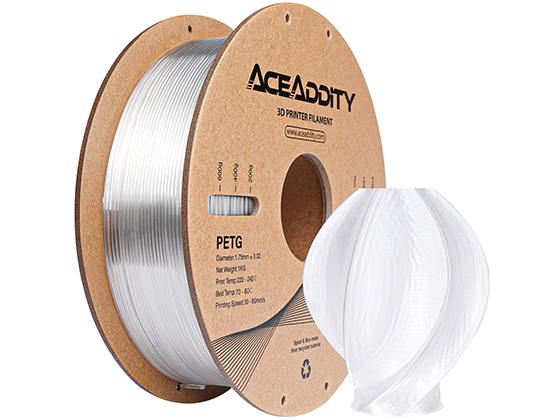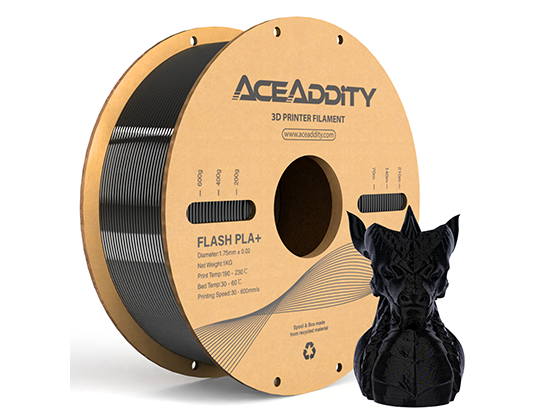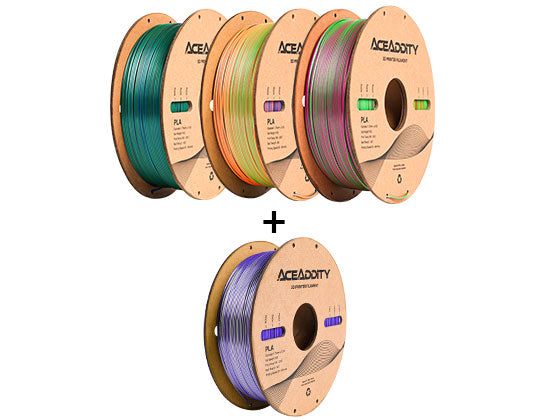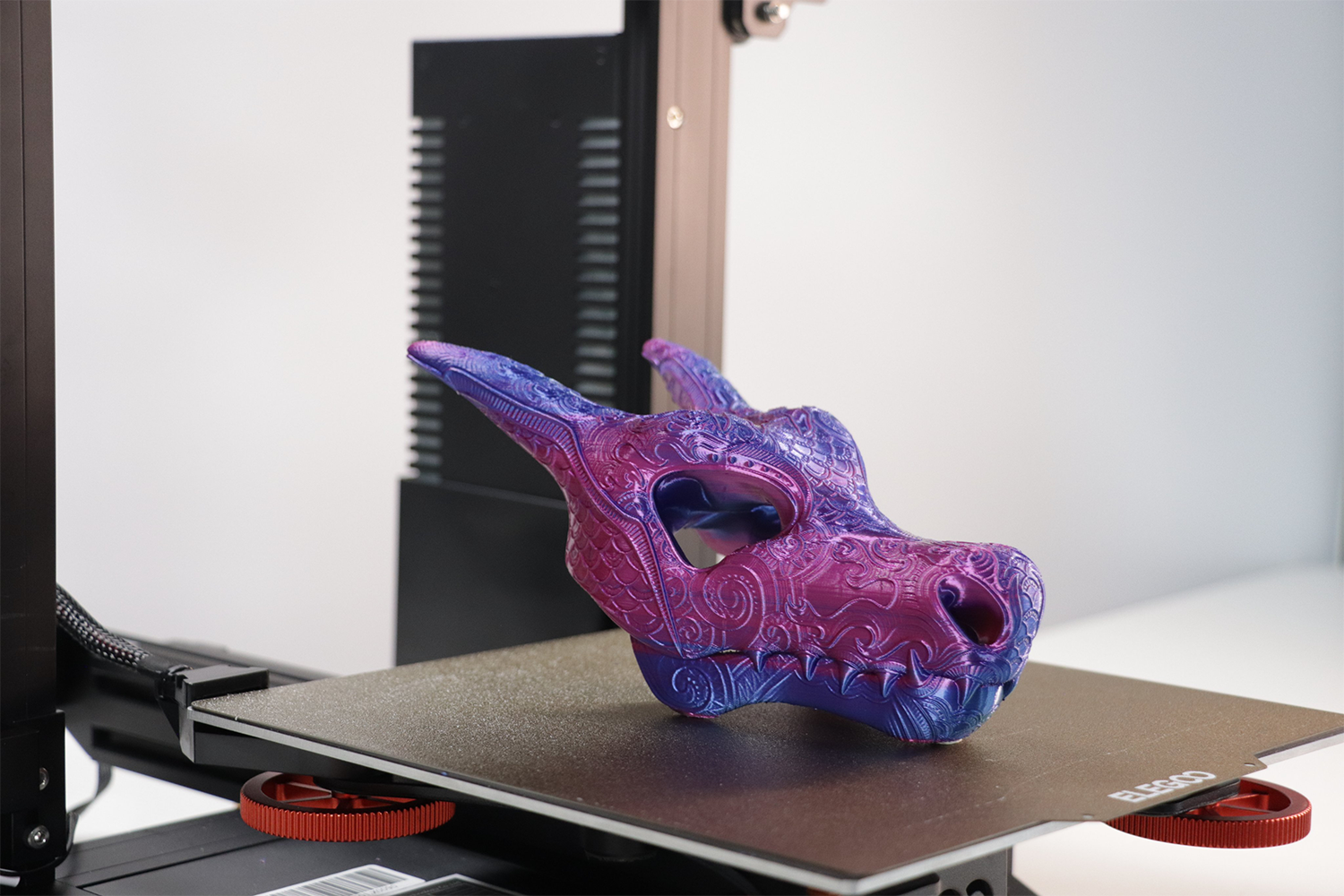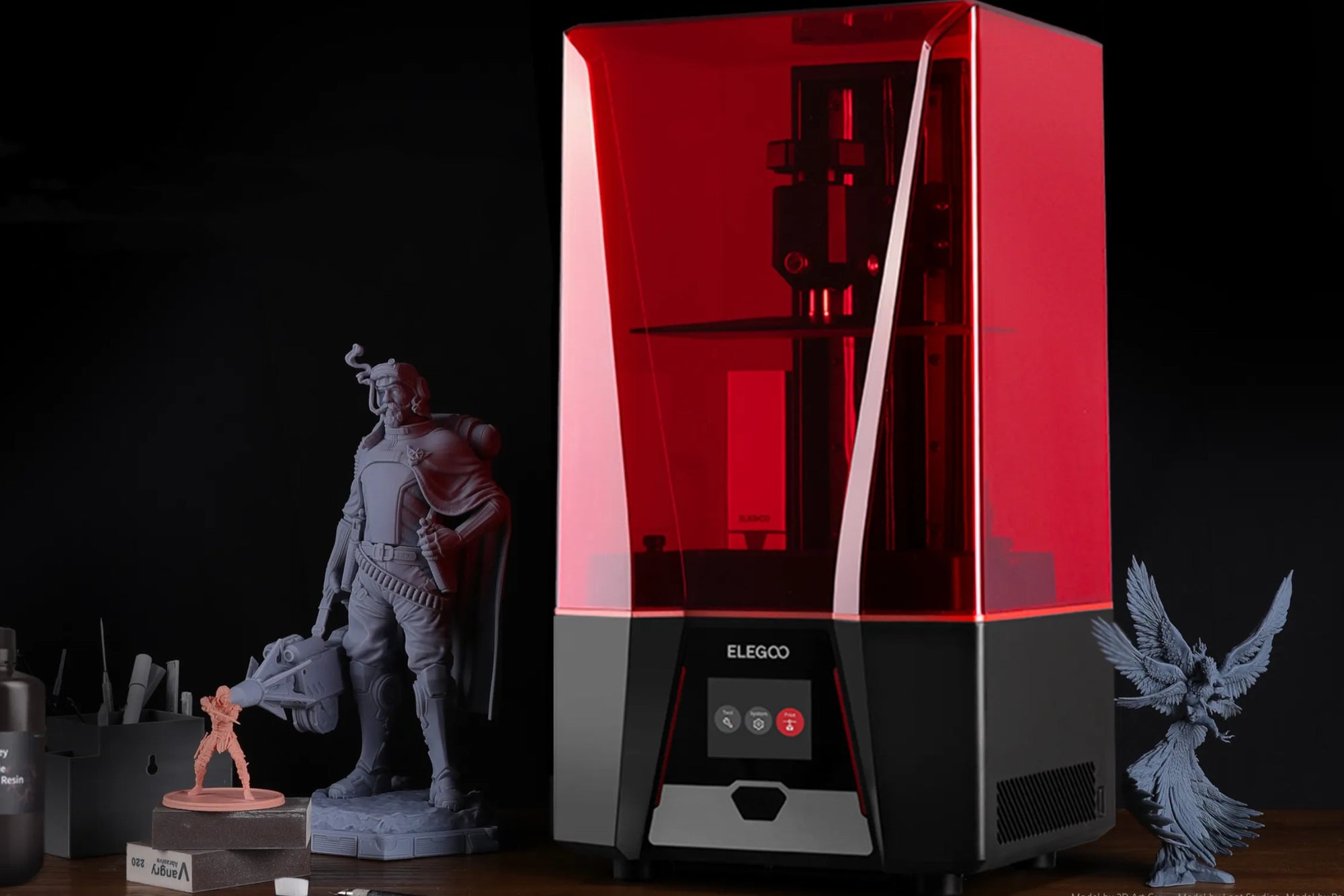3D printing technology has come a long way since its inception, and today there are several different types of 3D printing technologies available.
In this guide, we'll explore some of the most common 3D printing technologies and discuss their advantages and disadvantages.
- Fused Deposition Modeling (FDM)
FDM is one of the most popular 3D printing technologies and works by extruding melted filament through a heated nozzle to create a 3D object layer by layer.
FDM is known for its affordability, ease of use, and versatility, making it a great choice for both hobbyists and professionals.
A good fdm printer facilitates this process better.
- Stereolithography (SLA)
SLA works by using a laser to cure a liquid resin, creating a 3D object layer by layer. SLA is known for its high level of detail and accuracy, making it a great choice for creating intricate or small objects.
However, SLA can be more expensive than other types of 3D printing technologies, and the liquid resin can be more difficult to work with.
- Digital Light Processing (DLP)
DLP works by using a projector to cure a liquid resin, creating a 3D object layer by layer. DLP is similar to SLA, but is typically faster and more affordable.
However, DLP can produce lower quality prints compared to SLA due to the lower resolution of the projector.
- Selective Laser Sintering (SLS)
SLS works by using a laser to fuse powdered material, creating a 3D object layer by layer. SLS is known for its ability to create complex geometries and durable prints, making it a great choice for creating functional prototypes or end-use parts.
However, SLS can be more expensive and complex than other types of 3D printing technologies.
Understanding the different types of 3D printing technologies is important for choosing the right technology for your needs.
Each technology has its own advantages and disadvantages, so it's important to consider factors like cost, print quality, and materials compatibility when selecting a 3D printing technology.
By choosing the right technology for your needs, you can create stunning 3D prints that meet your expectations.


